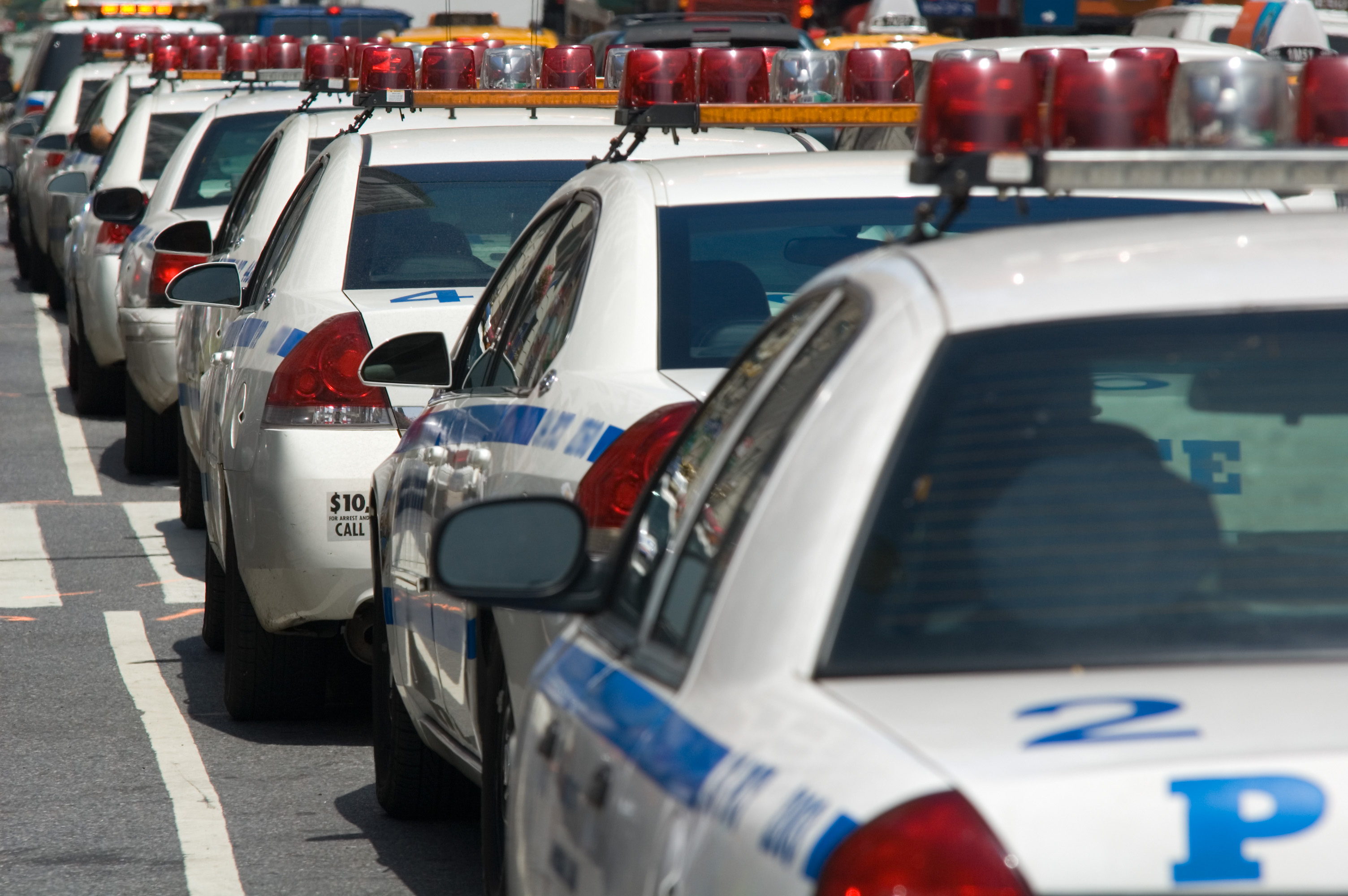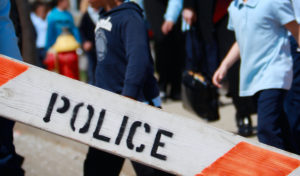
Criminal justice experts discuss improper use of police force—and also pose solutions.
In spite of a push by some police departments to decrease deadly police force, the number of officers prosecuted for controversial shootings continues to rise—raising questions about what steps agencies can take to reduce officer-related shootings and other fatal events.
In an effort to spur dialogue over possible solutions to excessive police force, the University of Pennsylvania Law School Chapter of the American Constitution Society convened a panel of criminal justice experts to discuss this pressing issue. The panelists highlighted the impact of deadly police force on communities of color and also recommended strategies to reduce violent events involving police.
The panel began by noting recent police shootings of African-American men. The University of Pennsylvania Black Law Students Association (BLSA) delivered a statement of solidarity with the families of Terence Crutcher of Tulsa, Oklahoma and Keith Lamont Scott of Charlotte, North Carolina, who were both shot and killed by law enforcement officials this past fall. BLSA advocated for increased “training, accountability, and transparency” at police departments around the country.
Panelist Mary Catherine Roper echoed these sentiments, stating that, “we have a real problem…with a flawed model of policing. It is us versus them and too often the them are…communities of color.” As a way to foster trust with communities, Roper, who is a Deputy Legal Director of the American Civil Liberties Union of Pennsylvania, underscored the need for greater transparency in the wake of law enforcement shootings.
As a way to address the “us versus them” divide between police and citizens, fellow panelist Tom Nolan encouraged greater integration of police officers into the neighborhoods they patrol. He pointed to officers who invite students from local schools to the police station for pizza, or play basketball with teenagers who live in their communities.
“Inserting officers into the fabric of their communities will encourage police to view their function as helping people, as opposed to only going out and arresting people,” said Nolan, an Associate Professor and Program Director of the Criminology and Criminal Justice Graduate Program at Merrimack College and a former lieutenant of the Boston Police Department.
All of the panelists discussed the effectiveness of body cameras—mobile audio and video cameras that officers wear on their bodies. Body cameras collect evidence of officers’ encounters with the public. A body camera program typically involves policies and procedures about when cameras should be worn, as well as a system for storage and review of recordings.
Nolan described body cameras as a “positive move in the right direction” and referred to the success of a body camera program at the Rialto Police Department in California. Research has found that citizens’ complaints against police and use of force by officers in Rialto significantly declined within a year after officers began wearing body cameras.
Nolan also mentioned that police unions do not support body cameras because of privacy concerns. However, he pointed out that body cameras can help officers by providing evidence to support their contentions that they have been wrongfully criticized for using force. He also said that in the future, more departments will use body cameras because of positive findings from programs like those in Rialto. “Body cameras are coming, whether police want them or not,” Nolan predicted.
Roper said that, when used correctly, body cameras change police behavior. But she expressed concerns about whether police departments will actively monitor officers to ensure cameras are on at the appropriate times. Roper recommended that departments conduct audits of body cameras to ensure their proper use.
Panelist Heather Mac Donald also favored body cameras as a tool to improve policing. However, she noted that the storage of body camera recordings can be expensive and questioned whether departments currently have the funding to maintain such digital records.
Mac Donald, a Fellow at the Manhattan Institute and author of The War on Cops: How the New Attack on Law and Order Makes Everyone Less Safe, also raised the importance of improving officer training on use of force. She emphasized police officers’ dedication to protecting the public and stated that when officers use unnecessary force, it is often an overreaction to stress. Mac Donald said that police “are desperate for more hands-on, tactical training in making those split-second, agonizing decisions” about whether to use force.
Mac Donald endorsed training that simulates heated—and constantly changing—scenarios, which enables officers to practice making quick decisions while still protecting life to the greatest extent possible. Mac Donald also suggested video-based training where police must quickly determine whether a suspect is holding a gun.
Finally, panel members discussed changes to police departments’ standards surrounding use of force. Nolan advocated for “a change in the culture and norms that validate the use of force” among police. Specifically, Nolan endorsed institutional standards that reward officers who resolve conflict without force, rather than norms that allow the use of force whenever a civilian challenges an officer’s authority.
This essay is part of a fifteen-part series, Regulating Police Use of Force.



